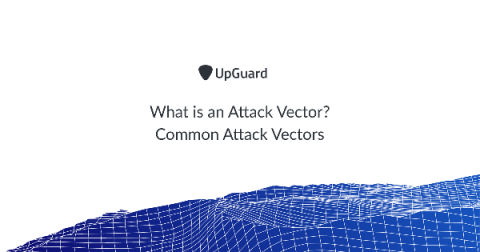How Do Cyber Attackers Hide Their Tracks After Committing Digital Fraud?
According to IBM, it takes an average of 197 days to detect a breach. Today's attackers go above and beyond to evade alerting capabilities and make it look like they were never there. While that number tends to be shorter for Insider Threats, Insiders also tend to be much better at deception and covering their tracks as well.





